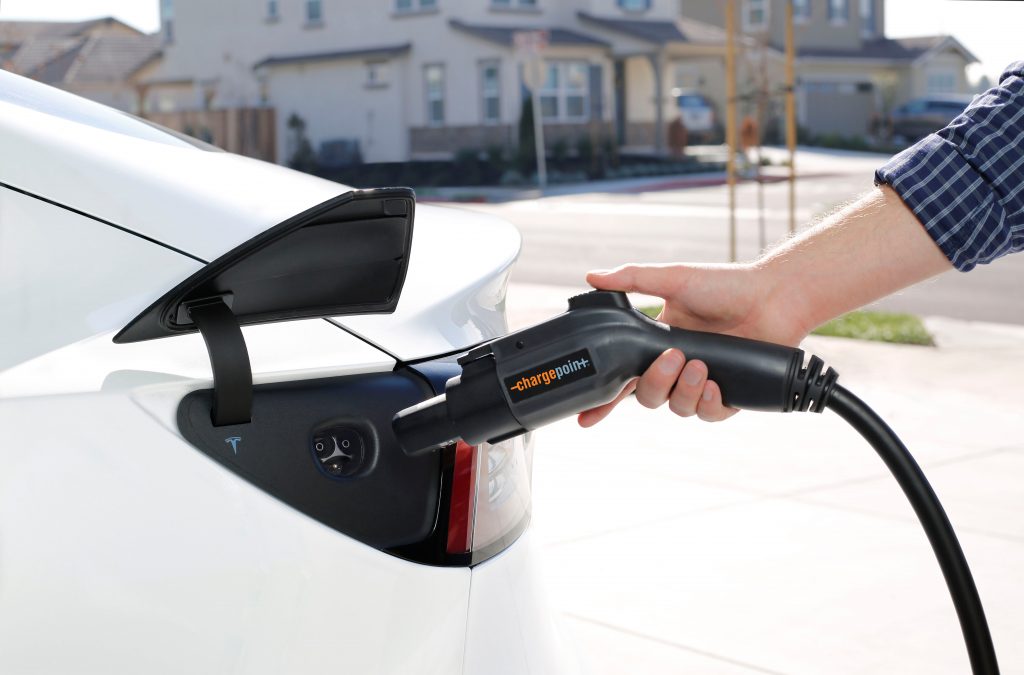Understanding How EV Charging Works
EV batteries are charged with DC (Direct Current) power. However, Level 1 and 2 home and public chargers, including the ChargePoint Home Flex, use AC (Alternating Current) power. The onboard charger in the EV converts the AC power from the grid to DC power to be stored in the EV’s battery.
Onboard chargers are rated to convert a specific amount of power into kilowatts (kW), determining the speed at which the charger will charge your EV.
Calculating Charging Range
Let’s calculate how many kilometers can be added to an EV in one hour of charging:
The ChargePoint Home Flex can be adjusted to deliver between 16 to 50 amps, meaning it can deliver up to 12 kW to your vehicle.
Here’s the breakdown:
- 16 amps x 240 volts = 3.8 kW
- 32 amps x 240 volts = 7.6 kW
- 40 amps x 240 volts = 9.6 kW
- 50 amps x 240 volts = 12 kW
The EV’s onboard charger rating dictates how much charge the vehicle can accept.

Average Charging Ranges
The range of an average EV varies by season: typically, 5.5 km per kilowatt-hour (kWh) in summer and 4.5 km per kWh in winter. We’ll use 5.0 km per kWh as an average range for simplicity.
- PHEVs (Plug-in Hybrid Electric Vehicles): With a 3.8 kW onboard charger, they gain approximately 20 km per hour (3.8 kW x 5.0 km per kWh).
- BEVs (Battery Electric Vehicles): Most have a 7.6 kW onboard charger, gaining roughly 40 km per hour.
- New BEVs: With onboard chargers up to 11 kW, they gain approximately 55 km per hour.
- EVs with a 12 kW onboard charger: Add roughly 60 km per hour.
The Flexibility of ChargePoint Home Flex
One of the biggest advantages of the ChargePoint Home Flex is its flexibility. It can supply up to 12 kW or 60 km per hour, allowing you to select the highest charging current that works with your electrical panel. This ensures faster charging now and in the future if you purchase an EV with a higher-rated onboard charger.
If your vehicle is not charging as quickly as expected, check the vehicle’s settings to ensure it is charging at maximum power.